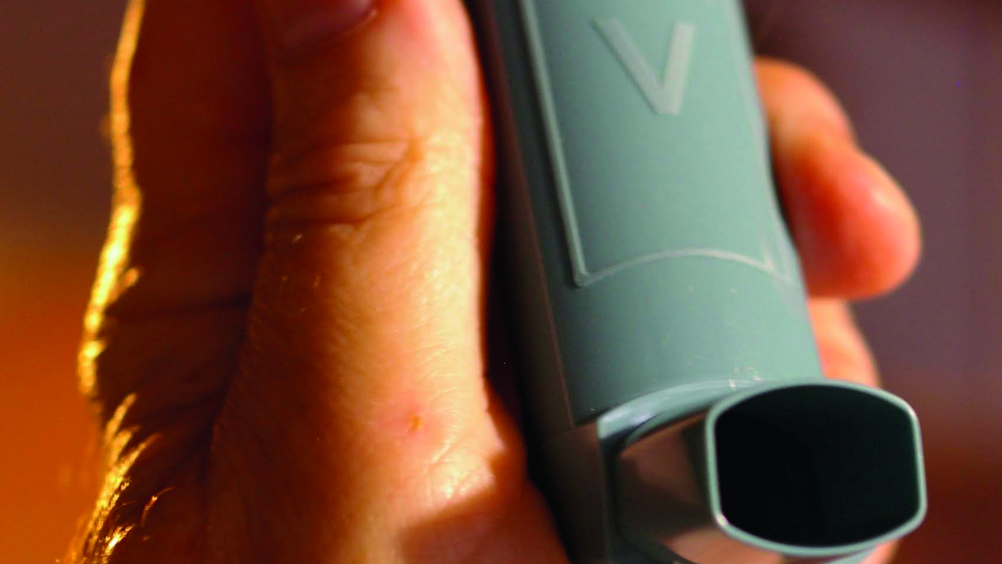References
Salbutamol toxicosis in dogs

Abstract
Salbutamol exposure in dogs typically occurs when they bite and pierce a salbutamol inhaler. Onset of clinical signs can be rapid. Dogs may appear anxious and distressed, and common signs include tachycardia, tachypnoea and hypokalaemia. Transient hyperglycaemia may occur. Potential complications include muscle weakness, flaccid paralysis, arrhythmias, rhabdomyolysis and oral injury from the compressed gas in some inhalers. Any dog exposed to salbutamol requires examination and evaluation. The heart rate, blood pressure, electrocardiogram and electrolytes should be monitored. Treatment is aimed at correcting tachycardia and hypokalaemia, for which the treatment of choice is a non-selective beta-blocker. Salbutamol exposed dogs require hospitalisation until the heart rate and rhythm, central nervous system status and electrolytes normalise. Recovery generally occurs within 24 hours, but there is risk of persistent cardiac injury.
Salbutamol (also known as albuterol) is a selective beta2adrenoceptor agonist used as a bronchodilator and, in human medicine, in the management of premature labour. Salbutamol is available in various forms; powders and aerosols are administered by inhalation, and solutions (1 mg/ml) are used in respirators. Nebulisers including metered-dose inhalers (which are usually 100 or 200 mcg/dose and shown in Figure 1) are commonly available. Tablets (2 mg or 4 mg) and syrups (2 mg/5 ml) for oral administration are declining in use and nebulised beta2-adrenoceptor agonists are more commonly used.
Salbutamol in often available in a pressurised aluminium cannister which can be easily pierced by a dog.
Salbutamol products, particularly inhalers (Figure 2), may be left unattended around the home and are readily accessible to pets and easily pierced by them. Salbutamol exposure in dogs can cause pronounced and rapid onset clinical signs, often requiring veterinary intervention and monitoring.
Register now to continue reading
Thank you for visiting The Veterinary Nurse and reading some of our peer-reviewed content for veterinary professionals. To continue reading this article, please register today.

